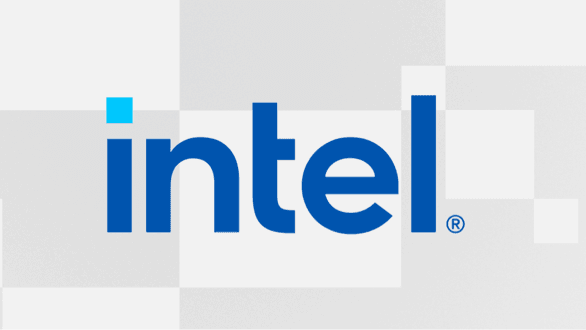
(Bloomberg) -- Advanced Micro Devices Inc. agreed to buy server maker ZT Systems in a cash and stock transaction valued at $4.9 billion, adding data center technology that will bolster its efforts to challenge Nvidia Corp.
ZT Systems, based in Secaucus, New Jersey, will become part of AMD’s Data Center Solutions Business Group, according to a statement Monday. AMD will retain the business’s design and customer teams and look to sell the manufacturing division. The purchase price includes a contingent payment of $400 million based on certain milestones.
AMD investors applauded the deal, sending the shares up as much as 3.5% in New York on Monday. The transaction consists of 75% cash and 25% AMD common stock.
Closely held ZT has extensive experience making server computers for owners of large data centers — the kind of customers that are pouring billions of dollars into new artificial intelligence capabilities.
“AI is the most transformational technology of the last 50 years and our No. 1 strategic priority,” AMD Chief Executive Officer Lisa Su said in a call with investors on Monday, adding that the ZT takeover will allow the company’s largest customers to more rapidly deploy AMD’s AI infrastructure. ZT’s engineers “understand the challenges of designing and managing high-performance and high-density systems at a massive scale,” she said.
The company has its sights set on Nvidia, the runaway leader in the market for data center gear needed to support AI computing. AMD is adding software and hardware capabilities that will better match the breadth of Nvidia’s offerings and speed the uptake of its chips.
AMD is the second-biggest provider of the graphics processors that have become so vital to developing AI software. And it’s spent more than $1 billion in the last 12 months to expand its reach in that market. In July, the company agreed to buy Silo AI for $665 million to add a maker of artificial intelligence models.
ZT had about $10 billion of sales in the last 12 months, almost all from manufacturing. AMD doesn’t want to compete with customers such as Dell Technologies Inc. and HP Enterprise Co. so it will sell those production operations after closing the transaction in the first half of next year. The chipmaker will retain about 1,000 engineers, Su said.
Santa Clara, California-based AMD is considered Nvidia’s closest rival in AI processors. Its new MI range of accelerator chips will bring in more than $4.5 billion of new revenue this year, the company has projected. That puts it ahead of all other challengers to Nvidia, but still way behind. Analysts expect Nvidia to generate $100 billion in data center revenue this fiscal year.
Part of Nvidia’s expansion has been fueled by offering chips, networking, servers, software and services, all aimed at making AI use more pervasive in the economy. Under Su’s leadership, AMD is showing a commitment to match that reach.
AMD’s gains in recent years have pushed its market value to well over $240 billion, more than twice that of longtime rival Intel Corp.
The company is looking for “a strategic partner” to buy ZT’s US-based data center infrastructure manufacturing business. A deal for that segment is expected to follow the close of the ZT takeover in the first half of 2025.
“We believe ZT’s manufacturing business will be a very attractive asset to multiple players in the ecosystem given the scale of the business and the US and European footprint,” Su said.

AMD to Buy ZT Systems in $4.9 Billion Challenge to Nvidia
(Bloomberg) -- Advanced Micro Devices Inc. agreed to buy server maker ZT Systems in a cash and stock transaction valued at $4.9 billion, adding data center technology that will bolster its efforts to challenge Nvidia Corp. Most Read from BloombergChicago's Migrant Surge Is Stirring Trouble for...




